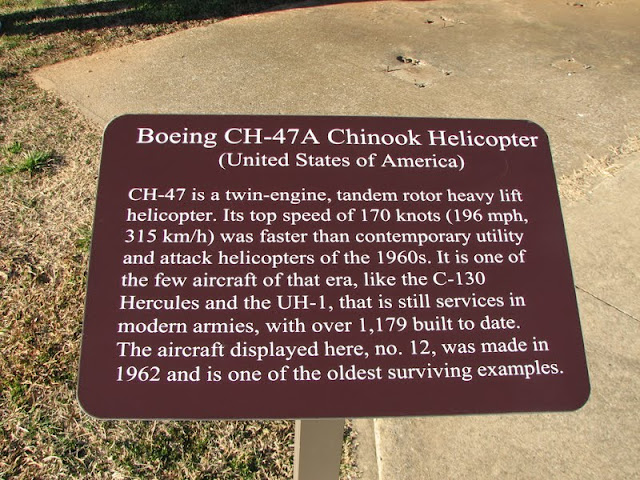Today we went to Fort Defiance near downtown Clarksville. Only a small part of this fort is still in existence. The rest of it is now a neighborhood. A recently built interpretive center is also on this site.
The interpretive center sign. They love the metal figures at these civil war battlefields.
Fort Defience was one of 3 forts in Clarksville.
Fort Clark, Fort Terry & Fort Sevier (Defiance) were built to protect Clarksville.
Fort Defiance was originally called Fort Sevier. Then called Fort Bruce by the Union army & finally Fort Defiance. Only a small part of the original fort is still in existence.
The Cumberland River made Clarksville a vital city in the Civil War effort.
Part of the earthen wall of Fort Defiance.
Hubby & David walking into the fort. This location was chosen because it is high on a hill overlooking the valley & the river.
Here are the deep trenches inside of the fort that were built so the soldiers could carry munitions to the cannons without fear of being shot by the enemy.
This fort was not contructed in the standard matter. Also the hill was too steep to shoot down at the river.
The Union army brought their gunboats down the river & into Clarksville. The people of Clarksville surrendered to the Union without a shot being fired. The Confederate Army came in & recaptured Clarksville only to loose it again to the Union army. The people of Clarksville seemed to be reluctant to enter the war. They leaned toward the Confederate side but always took the path of least resistance.
This is a view from the river. Fort Defiance is located atop the hill on the right in the background.









































































